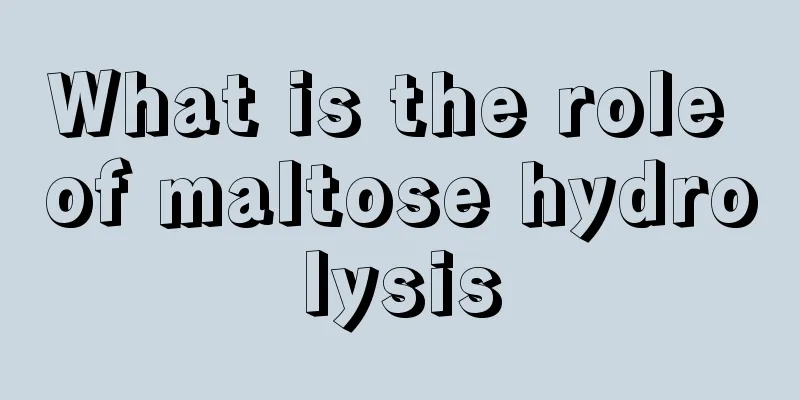How to effectively prevent liver cancer? Liver cancer prevention advocates three checks and two early warnings

|
Liver cancer is one of the common malignant tumors in my country, with a high mortality rate. It ranks third in the death order of malignant tumors, second only to stomach and esophagus cancer; in rural areas of some regions, it ranks second, second only to gastric cancer. About 110,000 people die of liver cancer in my country each year, accounting for 45% of the deaths of liver cancer in the world. Due to the monitoring of high-risk groups by serum alpha-fetoprotein (AFp) detection combined with ultrasound imaging, liver cancer can be diagnosed in the subclinical stage and the long-term effect of early resection is particularly significant. In addition, active comprehensive treatment has significantly improved the five-year survival rate of liver cancer. Therefore, for the prevention of liver cancer, we advocate three checks and two early detection. The three checks refer to the three-level general screening management. According to the risk level of liver cancer, the population prone to liver cancer is generally divided into three categories: The first category is high-risk groups, such as patients who develop cirrhosis due to chronic viral hepatitis (hepatitis B or hepatitis C). The second category is the moderate-risk group, such as patients with chronic viral hepatitis but no family history of cirrhosis and liver cancer. The third category is low-risk groups, such as patients with cirrhosis caused by non-viral reasons. The three-level census is to conduct different examinations according to the three groups of people. Generally, high-risk groups undergo relevant examinations (liver function, alpha-fetoprotein and ultrasound) every 3 months, moderate-risk groups undergo examinations at least once every six months, and low-risk groups undergo relevant examinations once a year. When suspicious cases are found, CT, MRI or arteriography should be further performed until liver cancer is ruled out. Two early means early prevention and early diagnosis. Clinical practice has shown that the treatment effects of small liver cancer with a diameter of less than 3 cm and middle and late stage liver cancer are completely different. Middle and late stage liver cancer is often accompanied by metastasis inside and outside the liver, which cannot be surgically removed, and interventional embolization and drug treatment are difficult to be effective. However, surgical resection, embolization, ablation and other treatment methods are all good for small liver cancer diagnosed early. Early prevention is to avoid the spread of hepatitis, avoid alcohol, drugs, etc. from causing damage to the liver, and prevent or alleviate the progression of liver fibrosis to the greatest extent. |
<<: How to check liver cancer? 3 methods of ultrasound examination for liver cancer
Recommend
Will a 23-year-old who smokes for 6 years get lung cancer?
A 23-year-old who has smoked for 6 years does not...
Which department should I go to for edema
If it is edema, you should choose the department ...
How to do a colonoscopy
When a person's colonoscopy shows disease, he...
Does the tooth have to be extracted?
Impacted teeth are commonly known as wisdom teeth...
What is the reason why hens lay soft-shell eggs
As we all know, hens laying soft-shell eggs is a ...
What are the symptoms of sequelae of encephalitis
The brain is one of the most important organs in ...
What is the reason for swelling and pain in the big toe
I don’t have gout, but my big toe is swollen and ...
Is cystoscopy uncomfortable? What are the advantages of painless cystoscopy?
In the past, traditional cystoscopy was very pain...
Using toothpaste can treat glans sensitivity
Sensitive glans penis is a problem that many men ...
What are the symptoms of lung tumor
The early symptoms of lung tumors may include cou...
How much does it cost to treat pancreatic cancer
How much does it cost to treat pancreatic cancer?...
How to choose a watermelon
Watermelon is a very common fruit and it contains...
What is the reason for white hair on both sides
As we all know, our hair turns white only when we...
What is the early accuracy rate of pancreatic cancer ca199
In clinical practice, CA199 is the preferred tumo...
What to do if my hands hurt from chili peppers
Chili is a very important and popular vegetable i...









